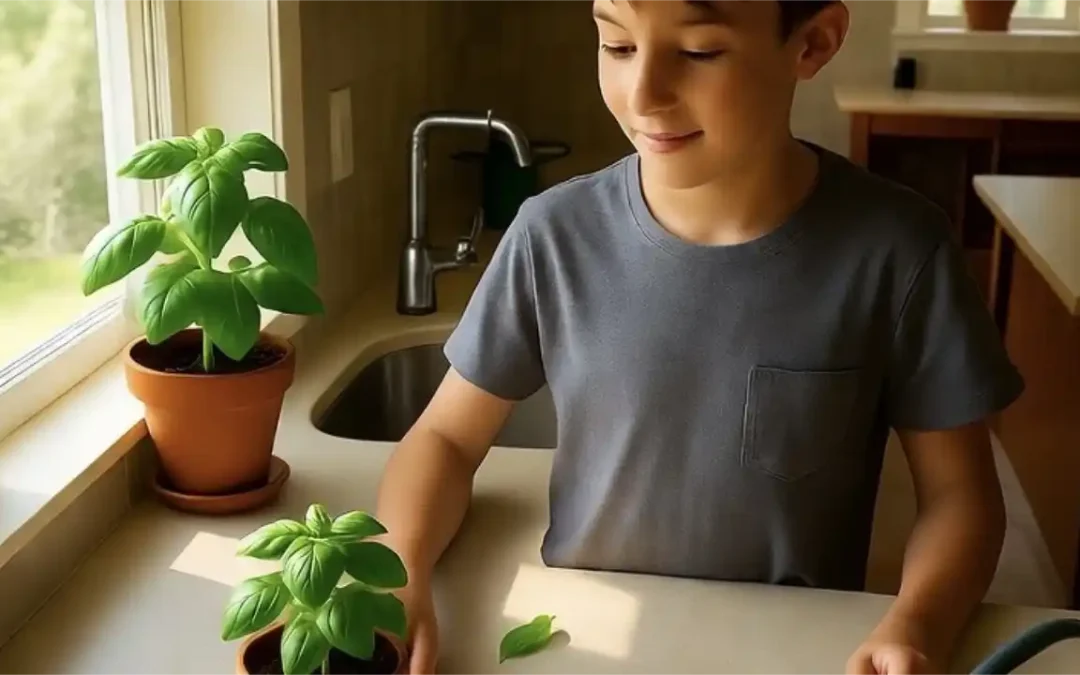
Making Learning Part of Daily Life: Connect History and Math with Field Trips
F
ield trips turn abstract subjects into lived experiences. A historic site becomes a time machine, while a local business or train station offers math in action—distances measured, tickets calculated, timelines traced. When you walk a battlefield or visit a canal, you bring numbers and narratives to life. Asking, “What year was this built?” or “How many miles does this cover?” turns observation into learning. These moments show that knowledge isn’t just stored in books—it’s mapped onto the world.
One weekend, we visited a colonial fort. My son stood at the edge of the wall, asking how far the cannons could shoot. I handed him a brochure with the range, then we calculated how long a cannonball would take to reach the river. Inside the museum, he traced timelines of trade and immigration, tying them to events he’d read about. That afternoon, math and history weren’t subjects—they were stories he could touch. Later, he planned his own trip to a local dam, excited to “figure out how it all works.”
Use these outings to spark reflection. Keep a field trip journal where your child can log distances, dates, or observations. Ask follow-up questions on the ride home: “What surprised you? What do you want to learn more about?” Over time, they’ll see learning everywhere—in maps, ruins, bridges, and signs—building a habit of curiosity that extends well beyond the classroom.
Making Learning Part of Daily Life

Making Learning Part of Daily Life: Reading as Daily Nourishment
Reading every day builds vocabulary, imagination, and emotional connection. Create routines that make books a joyful, comforting part of life.

Making Learning Part of Daily Life: Grow Scientific Thinking with Plant Experiments
Plant experiments teach patience, observation, and scientific thinking. Help children explore life cycles and natural wonder at home.

Making Learning Part of Daily Life: Teach Math and Reasoning Through Grocery Shopping
Turn grocery trips into math and reasoning lessons. Show children how numbers, choices, and planning work in everyday life.
Table of contents

Primordial Soup for the Mind: Navigation
Navigate the book Primordial Soup for the Mind.
TIPS
- Pick a spot they know—it hits home.
- Say, “What is this like in your book?” to tie it tight.
- Keep a journal for their findings.
- Suggest weekly trip sessions.
ACTIVITIES
- Story Stroll: Visit a local site, tie it to a school topic, draw what they see, 15 minutes.
- Speed Snap: Measure something moving (water, wind), link to math class, 10 minutes.
EXAMPLE
My son’s mill sketch flopped, but he got why rivers mattered—his history quiz thanked us.

Download “Primordial Soup for the Mind: A Parent’s Guide to Nurturing Intellectual Growth”
Enter your information to get this article and hundreds more as part of the FREE book Primordial Soup for the Mind.
Share your thoughts with the Thought Academy community in the Comments section below.

Sharpen those skills!
Enter your information to get our FREE practice exercises so you can hone your critical thinking and reasoning skills!







0 Comments